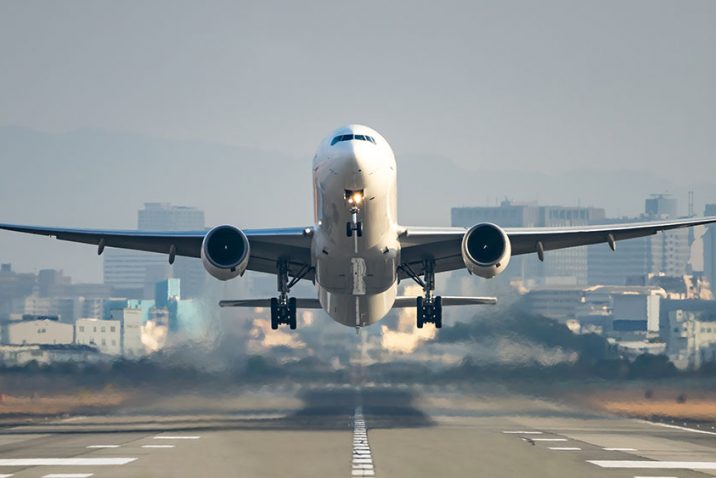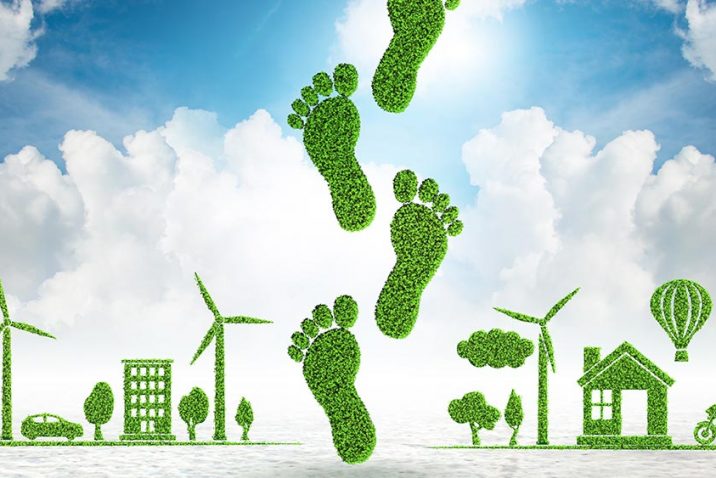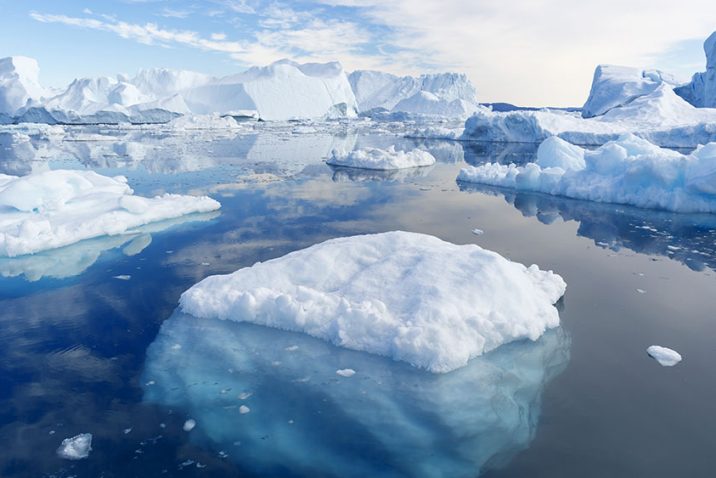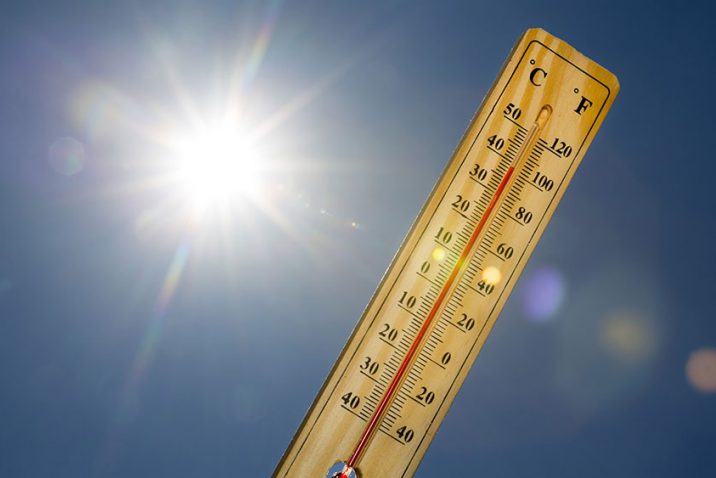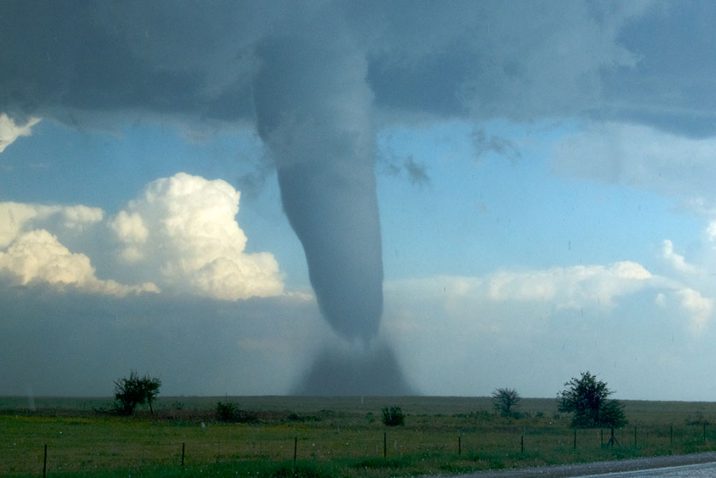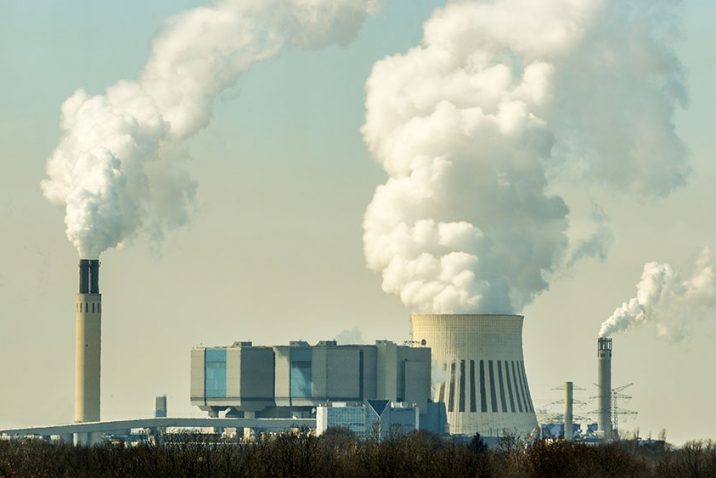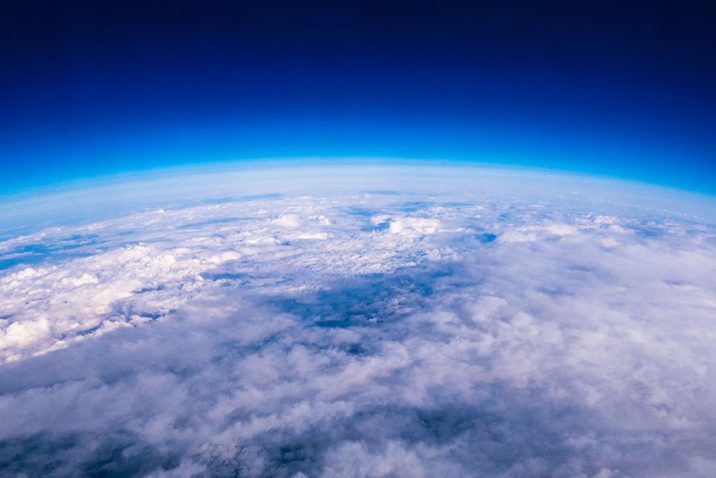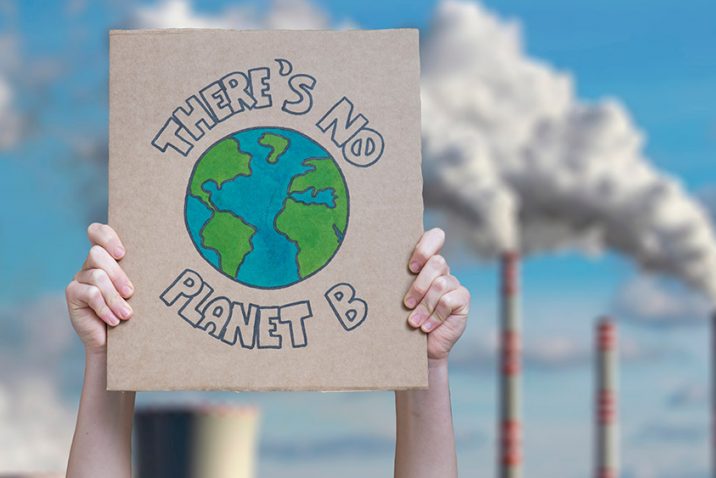Air travel is one of the most carbon-intensive activities and emits a lot of carbon dioxide into the atmosphere. One flight from the United States to Asia can produce as much as five metric tons of carbon dioxide, as well as other greenhouse gasses...
A carbon footprint refers to the amount of carbon dioxide and other greenhouse gas emissions generated by human activity. It is also one of the primary indicators used to understand one’s impact on global warming. Using the carbon footprint...
In the Arctic, sea ice melts during the summer, but the winter snow helps it freeze back, replenishing the ice that’s lost. However, because of on-going rising temperatures due to anthropogenic greenhouse gas emissions, glaciers are melting at a...
According to a report by IPCC, the globe is expected to experience a 1.5-degree temperature rise by 2040, relative to the pre-industrial period. Given that the global temperature is currently 1-degree warmer than the pre-industrial level, this 0.5...
Theoretically, when temperatures are warmer, there is more water vapor in the air, causing more frequent and heavier rain. The rise in the Earth’s surface temperature can also lead to evaporation that can exacerbate droughts. Although scientists...
Making small changes in your day-to-day life can contribute to reducing greenhouse gas emissions. Given that transportation accounts for 14% of global greenhouse gas emissions, revising your transportation habits is a good place to start. Even if...
The increasing greenhouse gas concentration in the air accelerates heat retention, and this has led to climate change. As introduced in “Why are greenhouse gases bad for the atmosphere?” there are three major greenhouse gases: carbon dioxide...
The right balance of greenhouse gases in the atmosphere provides a steady climate on Earth. It offers a habitable space to all living things. While the atmosphere retains a certain amount of radiation from the sun by itself, greenhouse gases help...
Climate change is an uphill battle, but by combining efforts in the areas of adaptation and mitigation, we can slow the process. In the context of climate change, adaptation refers to working to reduce the negative effects of the phenomenon. For...
It is always important to pursue both personal goals and collective actions, as the combination of the two will be even more effective in driving change. Looking for community-based initiatives such as beach clean-ups or recycling schemes can be an...


